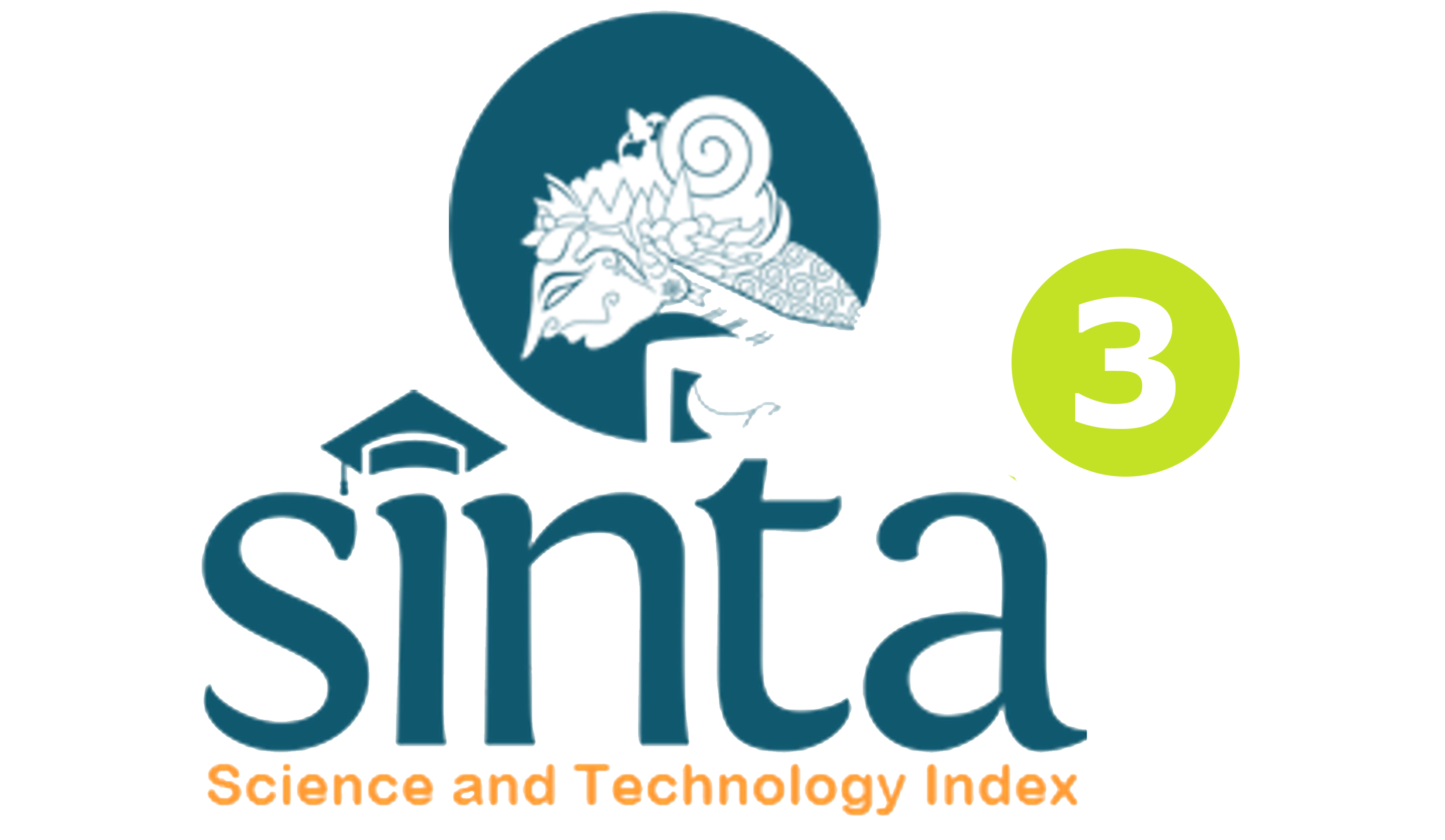Hubungan Intensitas Interaksi Dalam Pola Asuh Orang Tua dan Konsep Diri dengan Kecenderungan Perilaku Agresif Pada Siswa Kelas XI SMA Negeri Singaraja Tahun Pelajaran 2013/2014
DOI:
https://doi.org/10.23887/jibk.v2i1.3716Abstract
Penelitian ini bertujuan untuk mengetahui (1)Hubungan intensitas interaksi dalam pola asuh orang tua dengan kecenderungan perilaku agresif siswa kelas XI SMA Negeri 4 Singaraja, (2)Hubungan konsep diri dengan kecenderungan perilaku agresif siswa kelas XI SMA Negeri 4 Singaraja, dan (3)Hubungan secara bersama-sama antara intensitas interaksi dalam pola asuh orang tua dan konsep diri dengan kecenderungan perilaku agresif siswa kelas XI SMA Negeri 4 Singaraja.Populasi penelitian ini adalah siswa kelas XI SMA Negeri 4 Singaraja. Sampel penelitian ini ditetapkan 201 menggunakan tabel dari Krejcie dan Morgan diperbesar dengan formula Warwiek & Lininger. Pemilihan anggota sampel menggunakan Proporsional Simple Random Sampling dan anggota sampel ditentukan dengan teknik undian. Data dikumpulkan dengan teknik pengumpulan data dengan menggunakan kuesioner, dan selanjutnya dianalisis dengan teknik statisktik yaitu kolerasi product moment dan analisis regresi ganda.Hasil penelitian menunjukkan (1)Hubungan intensitas interaksi dalam pola asuh orang tua dengan kecenderungan perilaku agresif siswa kelas XI SMA Negeri 4 Singaraja dengan (r) yaitu -0,152. (2)Hubungan konsep diri dengan kecenderungan perilaku agresif siswa kelas XI SMA Negeri 4 Singaraja dengan (r)= -0,204. (3)Terdapat Hubungan secara bersama-sama antara intensitas interaksi dalam pola asuh orang tua dan konsep diri dengan kecenderungan perilaku agresif siswa kelas XI SMA Negeri 4 Singaraja dengan (R) yaitu 0,241, sedangkan besar koefisien determinasinya (r2) =0,058.Kata Kunci : Kata-kata kunci : intensitas pola asuh orang tua, konsep diri, kecenderungan perilaku agresif
This research was Ex Post Facto research and aimed to determine (1) the contribution of the intensity relationship of parents control with student aggressive behavioral tendencies in XI class of SMAN 4 Singaraja, (2) the contribution of self-concept and student aggressive behavioral tendencies in XI class of SMAN 4 Singaraja, and (3) Both contibution and relationship between the intensity relationship of parents control and self-concept with student aggressive behavioral tendencies in XI class of SMAN 4 Singaraja. The population of this study was a class of XI student in SMAN 4 Singaraja. This study determined 201 samples using a table of Krejcie and Morgan and enlarged by the formula of Warwiek & Lininger. To select members of the sample, the researcher used simple random sampling by lottery technique. Data was collected by using a questionnaire, and then analyzed with a statistical technique, product moment correlation and multiple regression analysis. The Results showed that (1) the contribution of the intensity relationship of parents control with student aggressive behavioral tendencies in XI class of SMAN 4 Singaraja, (2) the contribution of self-concept and student aggressive behavioral tendencies in XI class of SMAN 4 result of (r) is -0.152. (2) The contribution of self-concept and student aggressive behavioral tendencies in XI class of SMAN 4 Singaraja result of (r) = -0.204. (3) There is a contribution of the relationship between intensity relationship of parents control with student aggressive behavioral tendencies result of (r) is 0.241, while the large coefficient of determination (r2) = 0.058.
keyword : Key words: intensity relationship of parents control, self-concept, the tendency of aggressive behavio
Downloads
Published
Issue
Section
License
Jurnal Ilmiah Bimbingan Konseling Undiksha is an Open Access Journal. The authors who publish the manuscript in this journal agree to the following terms:
JIBK is licensed under a Creative Commons Attribution 4.0 International License. This permits anyone to copy, redistribute, remix, transmit and adapt the work provided the original work and source is appropriately cited.
This means:
Jurnal Ilmiah Bimbingan Konseling is licensed under a Creative Commons Attribution 4.0 International License.
(1) Under the CC-BY license, authors retain ownership of the copyright for their article, but authors grant others permission to use the content of publications in JIBK in whole or in part provided that the original work is properly cited. Users (redistributors) of JIBK are required to cite the original source, including the author's names, JIBK as the initial source of publication, year of publication, volume number, issue, and Digital Object Identifier (DOI); (2) The authors are the copyright owner of the article, and the author grants the JIBK held the first publication right.









.png)

.jpg)
